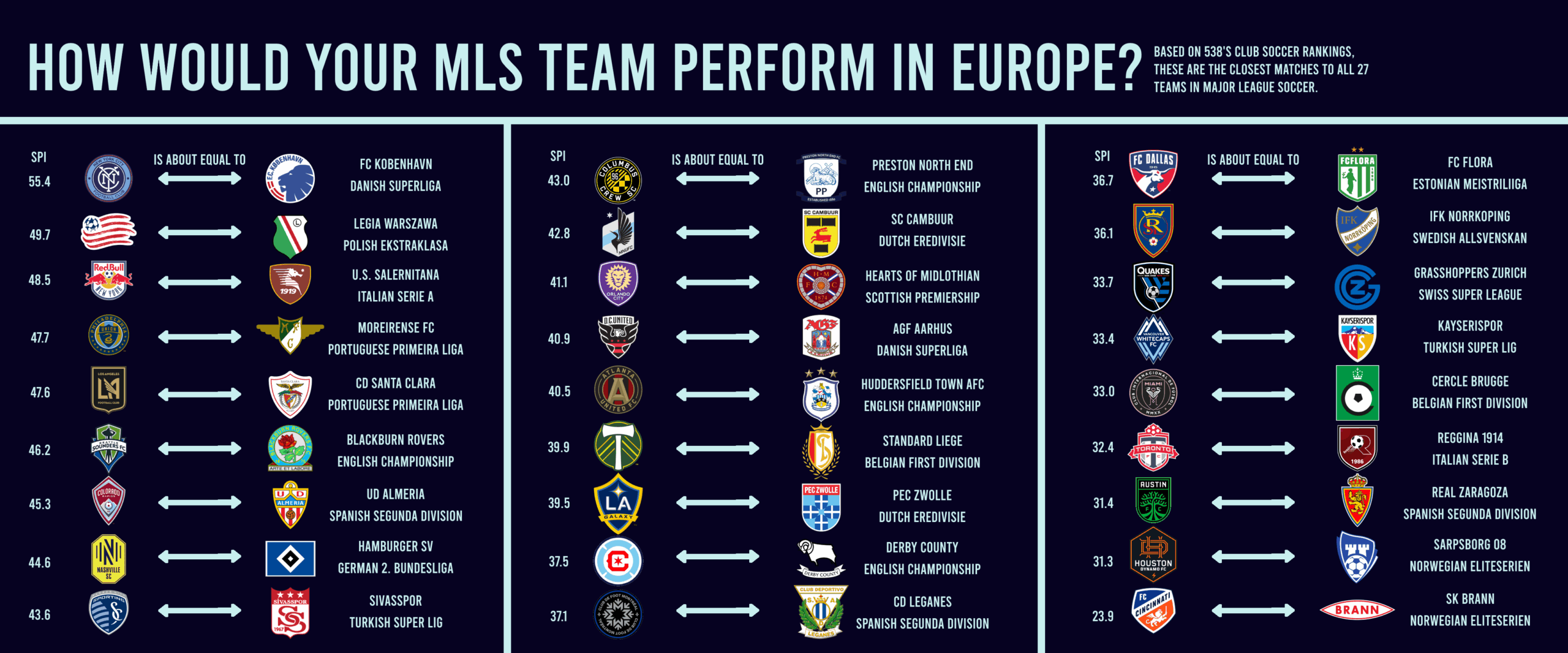Why the American System Is a Capitalist Utopia in a Socialist Sport

Messi: “MLS can catch up to European leagues
When it comes to football (or soccer, for our American friends), the structure of Major League Soccer (MLS Structure) is unlike anything the beautiful game has seen in Europe — and perhaps for good reason. No relegation, no promotion, no bankruptcies, and no wild billionaire club owners trying to one-up each other. It’s football with a corporate twist — and it’s working.
The MLS Structure: Football, the American Way
Imagine a league where no team gets relegated. Where every club has to buy its way in. Where financial risk is almost nonexistent. Welcome to MLS.
Created with a vision by people like Alan Rothenberg after the 1994 World Cup, MLS took inspiration from other American sports leagues. But it added one revolutionary idea: the league owns everything.
Yes, everything — from the clubs themselves to player contracts. Think of it like football communism, run by capitalists. It’s a single-entity structure where teams are technically “franchises,” and the league has central control over salaries, player movements, and most financial matters.
Shared Budgets and Controlled Chaos
Before every season, a unified salary cap is set. Clubs can’t just throw millions at star players — unless they’re labeled “Designated Players” (hello, Beckham Rule). Ticket revenues? 30% goes into a common pool. TV rights and sponsorship deals? Shared. SUM (Soccer United Marketing), MLS’s marketing arm, pays out equally to all teams. In other words, everyone eats — even if their stadium is half-empty.
The goal? Avoid financial ruin. Maximize parity. And grow the league — slowly but surely.
European Leagues: Darwinian Football
Now let’s hop across the Atlantic.
European football is as capitalist as it gets — with a healthy dose of chaos. You win big? Champions League riches. You fail? Say hello to relegation — and possibly bankruptcy.
Each club is independent, fights for survival, negotiates its own sponsorships, and sells broadcasting rights via national leagues. Real Madrid and Rayo Vallecano are technically in the same league — but financially, they live in different galaxies.
Promotion and relegation bring excitement and heartbreak. But they also bring massive financial instability. Clubs can overspend chasing success, only to collapse into obscurity (looking at you, Derby County).
Pros & Cons: MLS vs. Europe
| Factor | MLS 🇺🇸 | Europe 🇪🇺 |
|---|---|---|
| Relegation | ❌ Nope | ✅ Yes — heartbreak and hope |
| Financial Risk | 🚫 Minimal | 💸 High — mismanage and you’re done |
| Ownership Model | 🏢 League-owned single entity | 🏟 Club-owned, wild west style |
| Revenue Sharing | 🤝 Mandatory, centrally managed | 💼 Varies — big clubs hoard the gold |
| Talent Development | 📉 Slower — parity limits big stars | 🌟 Super academies & talent hotbeds |
| Entertainment Factor | 🔄 Balanced parity, but fewer rivalries | 🔥 Intense rivalries, underdog stories |
| Expansion Model | 🛒 Buy your way in | 🆙 Earn it on the pitch |
So… Who Wins?
In the short term, European leagues offer more drama, more glory, and more heartbreak. It’s football for the romantics — but also a playground for financial disasters.
MLS, meanwhile, is a business-first league. It grows slowly, but it grows safely. Clubs don’t go bankrupt. Owners sleep at night. And expansion never stops — as long as you’ve got the cash.
Love it or hate it, MLS Structure might just be the most American thing to ever happen to world football.





